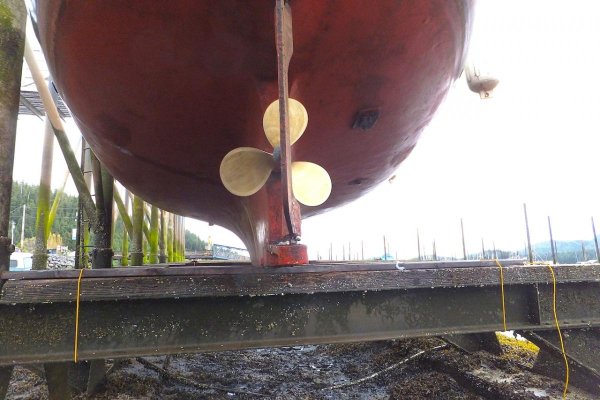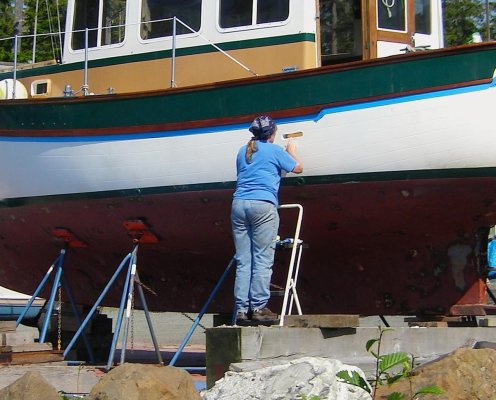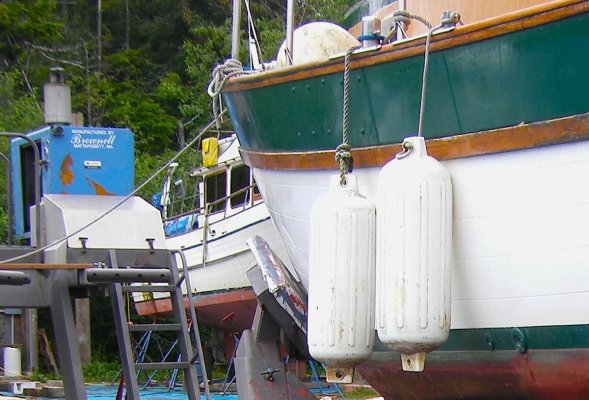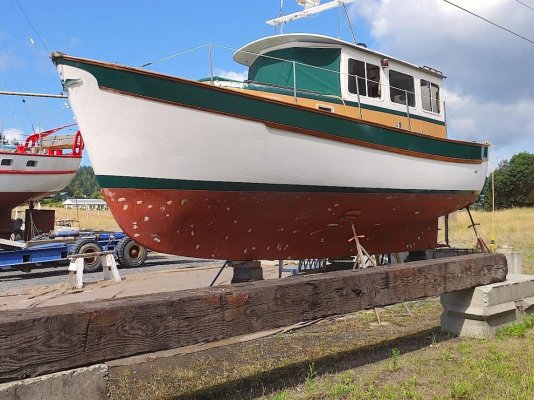The core sample was required to assure the licensing folks the boat was built with Fire Retardant resin , not cheaper yacht resin.
In the US this is required for a boat to carry more than a minimum number.
A >6 Pack< boat could be of cardboard that dissolves when wet but with the proper gear , fire ext and vests , it gets an OK.
If you wish to carry more folks the FR resin is required. Further up in the pax count gets to Sub chapter T , collision bulkhead , inclining test afloat with weight and better bilge pumping are part of the deal.
The laminate sked simply shows it is a military build ,. WR is woven roving .
The military has the bucks to require a large lay up crew and have the basic hull done in one work session.
Less expensive yachts will have WR CSM WR CSM layup (chopped strand mat) as a small crew can do the boat over a day or two. CSM also adds thickness cheaper than WR.
The WR/WR is far more tolerant of damage than the WR/CSM layup, but then bulldozing a Utility off a sinking carrier deck is part of the carriers abandon ship drill , that yachts seldom contemplate.




